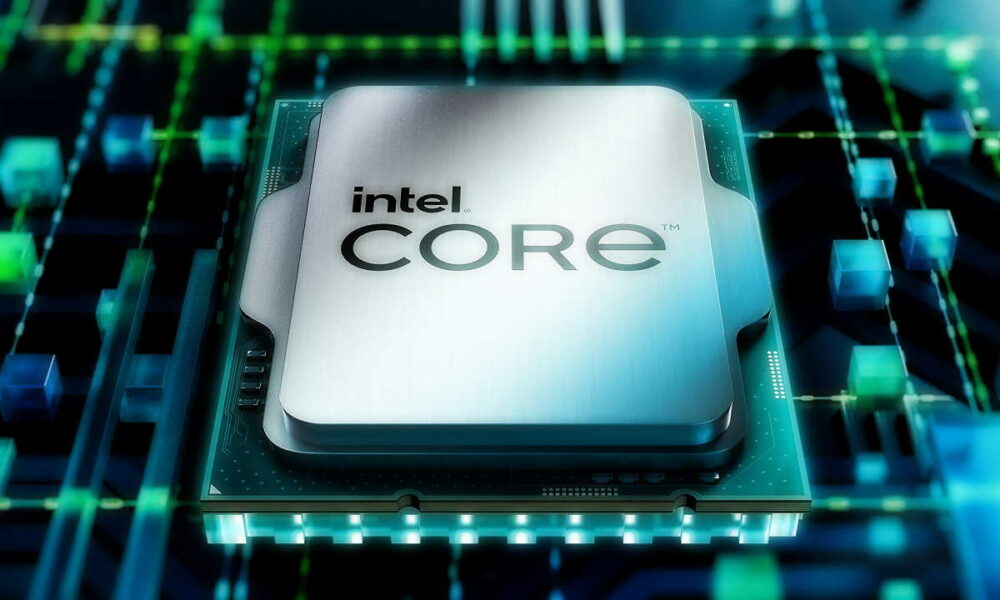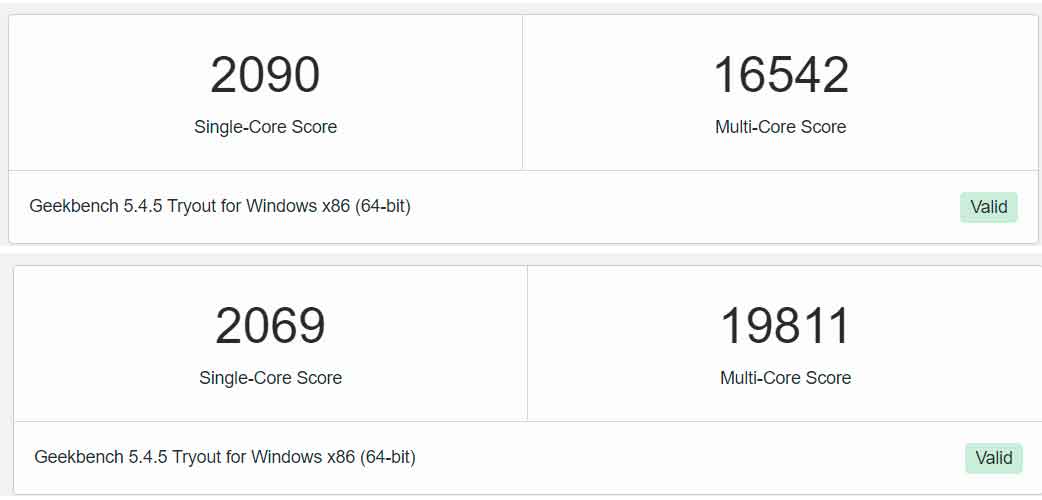
Just a few days ago we published a news about the performance of the future Intel Core i7-13700K, which showed us that, all things being equal, it aims to be 17% faster than its predecessor, the Core i7-12700K. The results of that test, carried out in Geekbench 5, and the note obtained by the Intel chip was 16,542 points. However, at that time I made two considerations that I think are important to remember.
The first was that, as always when we see results when there are still a few months to go before what is being tested reaches the market, we must bear in mind that some changes may occur that modify the final result. In this case, there are still doubts whether the maximum frequencies of the Raptor Cove cores (performance and Gracemont (efficiency) can be slightly increased, especially in the case of the former.
The second, and I quote “we can expect some improvement in chip performance on a board with a specific Raptor Lake chipset (Z790, H770 or B760) and with DDR5 memory«. And we haven’t had to wait long for confirmation that, indeed, the latest generation memory usage shows us, at least in synthetic tests, a jump in performance that we must take into account if we decide to make the jump to Raptor Lakand.
The new test, published in Geekbench 5, curiously shows us a lower performance in single thread, since it drops from 2090 to 2069 points, but in the global performance test we can see, beyond any reasonable doubt, an increase of almost 20%well We went from 16,542 points with DDR4 to 19,811 with the jump to DDR5.
To rule out other possible reasons, both tests they have been carried out on practically identical motherboards, an ASRock Z690 Steel Legend WiFi 6E (DDR4 compatible) and an ASRock Z690 Steel Legend WiFi 6E/D5 (DDR5 compatible). The only difference between both boards is the supported memory. Both, as their name suggests, mount a Z690 chipset for Alder Lake, so we can say that the playing field was similar in both tests.
The only difference, therefore, is that in the first one, 32 gigabytes of DDR4-3600 RAM (1,795 megahertz dual channel) and in the second also 32 gigabytes of RAM, but in this case of the type DDR5-5200 (2,593 megahertz dual channel). This explains the reasons why both Intel and AMD clearly bet on DDR5 for their new generations this year, although Intel leaves the door open (we have already been able to verify it) to the previous standard, while AMD bets exclusively on DDR5.
However, we must remember that performance tests of this type, synthetic tests, They do not always correspond to what we find later in performance in applications and especially in games..




